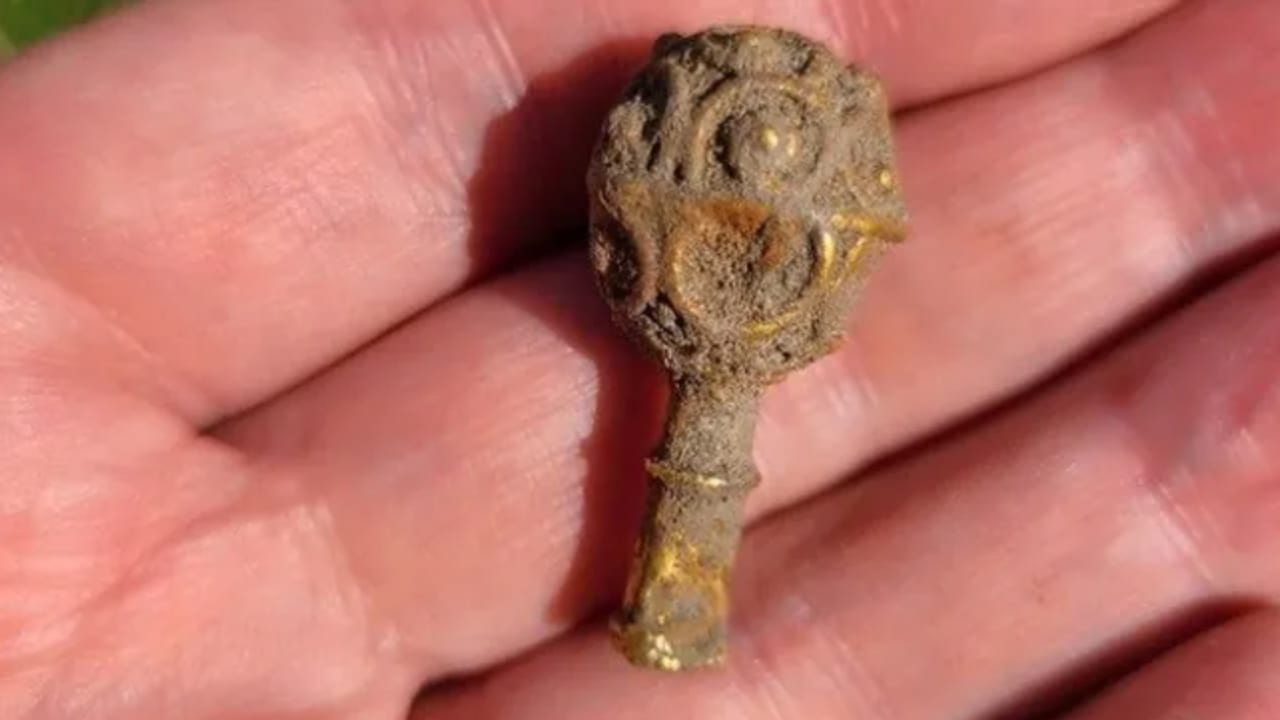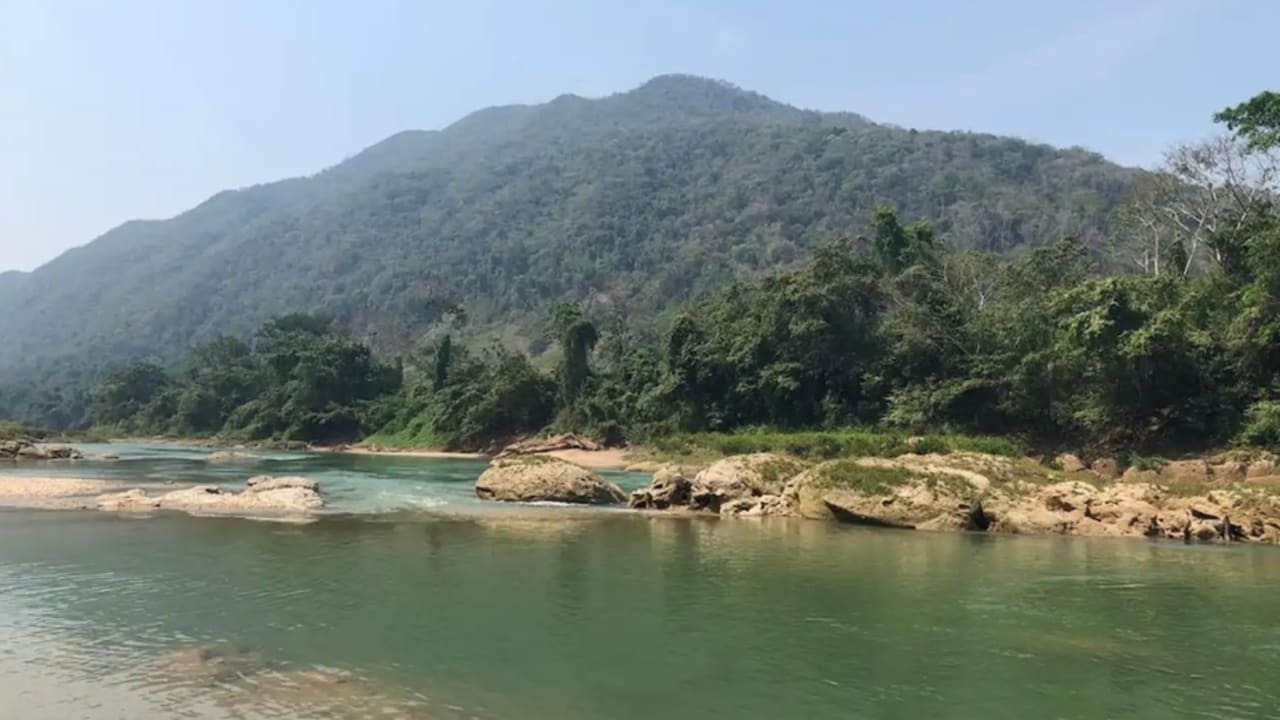Giant primate ate bark and twigs after climate change turned sub-tropical environment into savannah
Giganto, largest ever primate, died out due to diet change, say scientists
Giant primate ate bark and twigs after climate change turned sub-tropical environment into savannah
Nicola Davis Science correspondent
@NicolaKSDavis
Wed 10 Jan 2024 17.00 CET
It was the largest primate ever to have roamed the Earth, but just why – and when – our distant cousin “giganto” ended up extinct has been something of a mystery.
Now researchers say the enormous ape was victim of an unfortunate choice of food when its preferred snacks became scarce.
Gigantopithecus blacki roamed mainland south-east Asia 2 million years ago, with estimates suggesting it was three metres tall and weighed 200-300kg – roughly three to four times a human’s weight.
Previous studies have shown giganto’s range decreased considerably by about 330,000 years ago, but unpicking the cause of its extinction has been a challenge as it was unclear when exactly it was wiped out.
Dr Kira Westaway of Macquarie University, co-lead author of the study, said: “If you don’t have an accurate timeline, then you’re just looking for clues in the wrong places.
“It was assumed that the deterioration in forests was the cause of its demise as it couldn’t live in open grasslands – but our study shows that this [shift to savannah] occurred at about 200,000 [years ago] when G blacki was already extinct.”
Writing in the journal Nature, Westaway and colleagues report how they used a host of techniques to date giganto teeth from 11 caves in China, as well as the cave sediments. They also dated sediments from 11 caves where no giganto remains were found.
The results revealed giganto died out between 295,000 and 215,000 years ago. The researchers then pieced together the environmental conditions in which giganto lived, analysing pollen, animal fossils and sediments within the caves, together with stable isotopes of carbon and oxygen.
The results suggest about 700,000 to 600,000 years ago giganto’s environment began to shift from dense forests with patches of grassland, to more open forests – apparently a result of climate change away from fairly stable conditions.
“We’re getting a very strong wet season and a very strong dry season,” Westaway said.
This changed the forest plant communities, and meant fruits that had been available year-round were scarce during drier periods.
The team explored the changing diet of giganto by analysing wear patterns on its teeth as well as its internal chemical makeup. They compared the findings with those from the Chinese orangutan, a close relative that went extinct much later.
The results suggest the orangutan feasted on leaves and flowers from the forest canopy in lieu of fruit. However, giganto – which was less mobile and able to forage – took a different approach. “The key to [the apes’] survival was what they use as a fallback food,” said Westaway. “Giganto chose a very unnutritious backup food – he was eating really fibrous things like bark and twigs on the floor.”
By about 300,000 years ago giganto populations were struggling. “Giganto, being a very specialist feeder and habitat specialist, just really couldn’t adapt,” said Westaway.
Prof Hervé Bocherens of the University of Tuebingen, who was not involved in the study, said earlier research of his had also highlighted a lack of flexibility was behind giganto’s demise, suggesting it stuck with a diet of plants from a densely forested landscape even when other species at the same site consumed grass from savannah environments.
But, he added: “Our previous work did not benefit from the same robust chronological framework as this new paper, so we could not develop a scenario as detailed as the authors did.”
Westaway said the research had important implications, given concerns over a sixth mass extinction. “It’s really important to understand how primates respond to environmental stresses and how some species are more vulnerable and some are more resilient,” she said.


.jpg)








.jpg)







